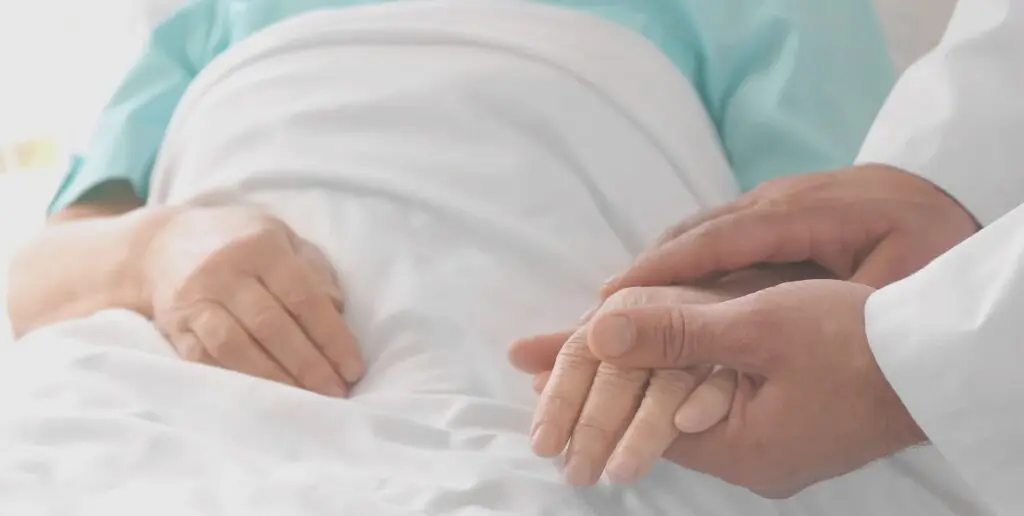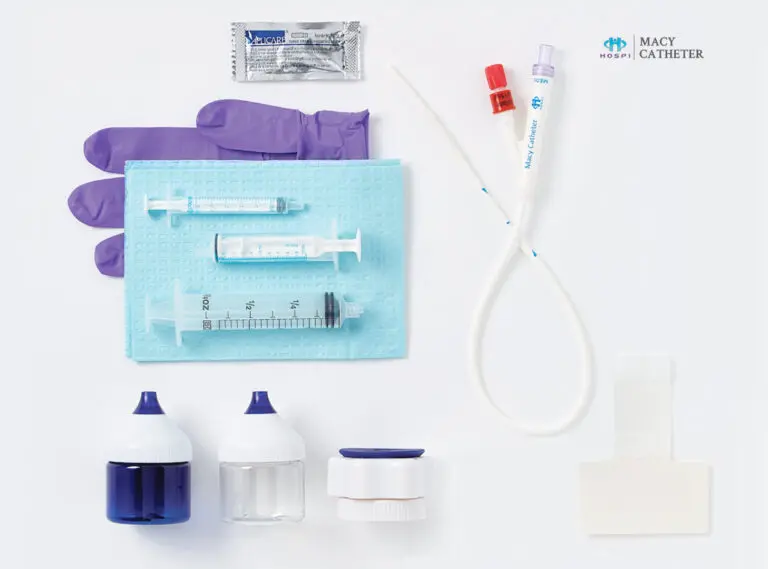
Brad Macy, RN, BSN, BA, CHPN
History of the Macy Catheter
The Macy Catheter was invented by Brad Macy, a veteran hospice nurse and the recipient of 2013’s National Hospice and Palliative Care Nurse of the Year Award.
His inspiration to invent the device came directly from a memorable patient interaction.
Over the years, Brad observed thousands of difficult symptom management cases while assisting patients and their families in the middle of the night. The most challenging cases were when patients could not swallow medications, but their end-of-life symptoms were spiraling out of control.
One night, Brad had a patient who was experiencing severe terminal agitation. The patient was suffering; he was shouting, he was climbing out of bed, and he was clearly very frightened. Brad got orders to administer a sedative that would help calm the patient.
Since the patient was unable to swallow, the prescribed route of administration was per rectum. Brad administered the sedative in tablet form rectally as prescribed, and waited “that difficult wait” for the patient to relax while he emotionally supported the patient’s son.
An hour later, the patient was worse.
The patient and his family wanted him to be able to die peacefully and at home. Brad called the doctor again for another sedative dose. While he was preparing to administer it, Brad realized that the previous dose was still undissolved in the patient’s rectum.
Motivated to reduce the severe agitation and suffering of his dying patient, Brad improvised an administration method that enabled the medication to absorb quickly in the patient’s dry rectum. He crushed the sedative tablet, added water, and administered the medication suspension. The patient calmed down quickly and was sound asleep within thirty minutes.

When should the Macy Catheter be considered as an option?
The rectal route of administration is ideal for rapid control of severe symptoms and is especially relevant when a patient has difficulty swallowing or when the oral route is otherwise compromised.
Symptoms may include:



